& Construction

Integrated BIM tools, including Revit, AutoCAD, and Civil 3D
& Manufacturing

Professional CAD/CAM tools built on Inventor and AutoCAD
7 min read
It’s easy to forget that the hardware giants of our age once weren’t so big. In fact, many of them started with absolutely nothing but a great idea, some people to believe in it, and the smallest amount of cash at their disposal. We’re talking about big names here, companies like Apple, or Oculus, or Nest Labs. All of these guys were exactly where you are right now, toiling away in their garages or labs, working endless hours for little to no money.
So why did they, or you, even bother with all of this? Because you have an idea that you believe in, an idea that you think can either change the world, improve lives, or just do something better than everyone else. This is the startup mentality. It’s what drives people to create something better when industries are swimming in stagnation, but it’s not an easy path to take. Because when 8 out of 10 startups fail to make it to the finishing line, you have to ask yourself, are you up for the challenge? Because if you make it, it’s totally worth it.
For former Apple engineers Tony Fadell and Matt Rogers, making the world’s most popular smartphone just wasn’t enough. They saw a new opportunity and chased after it. Current thermostats on the market were junk, the industry was in stagnation, and they knew they could do it better.
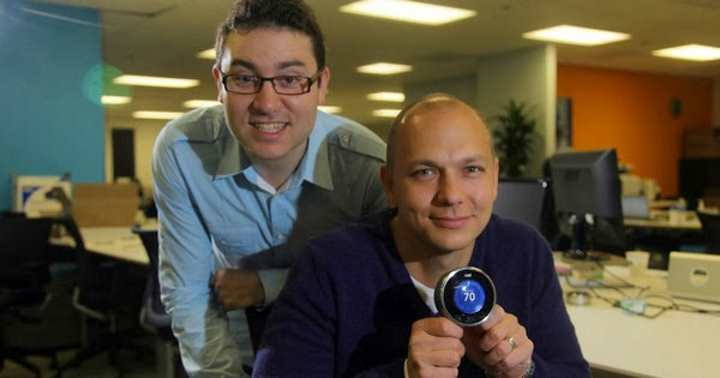
The problem was, Matt was already a Senior Manager at Apple in his 20s, why would he ever give up such a lucrative position? Because he wanted to solve, as he called it, an “epic problem.” So he quit Apple in 2010, rented a garage in Palo Alto, and started to work on his idea for a revolutionary thermostat. Along the way, he recruited colleagues and friends to come work for him, with a catch. He couldn’t pay them.
The first ten people that Matt hired worked for free for an entire six months. They all worked away in secrecy, putting in 12 hour days despite many having families and other life responsibility. But for those few brief months in Palo Alto, the top priority in everyone’s life was making a new thermostat that would change the industry.
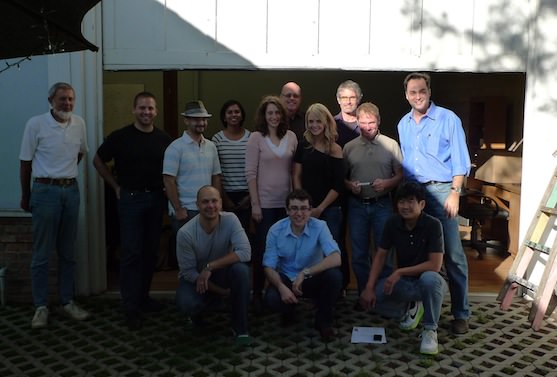
The result of all their endless work? The Nest thermostat took off in a big way, and all of their hard work paid off. At one point they didn’t even have enough money to pay their employees for six months. But now? Getting acquired by Google in 2014 for $3.2 billion sounds pretty nice. They made it big.
If you saw the Oculus headset back when it was first created, you probably would have laughed at the idea and considered its creator, Palmer Luckey, a little crazy. But Palmer was absolutely ecstatic about his brick-sized box that hung from his face with a bunch of wires running out the back end to connect to his computer.
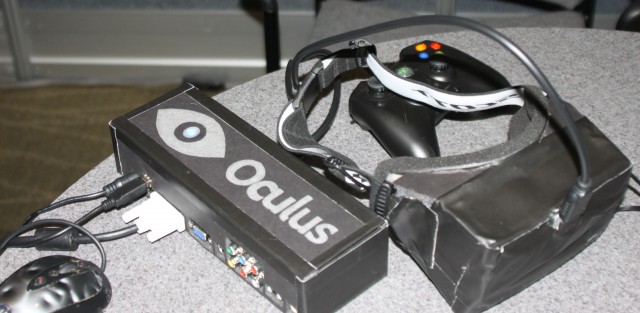
At the age of 17, Palmer was building his first Oculus prototype in his parent’s garage in Long Beach, California. He had limited resources, was still in high school, but here was a guy with a passion so strong for an idea that he kept pushing on through, knowing that it would change the world in due time.
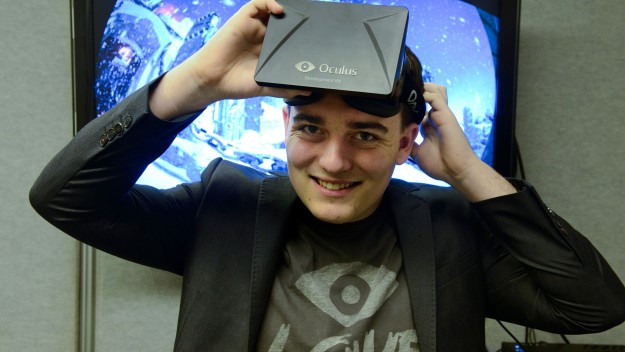
So Palmer took to Kickstarter with his idea and raised a massive $2.4 million. His idea was infectious, and people loved the idea of being able to create worlds and experiences of their choosing. In March 2014, Mark Zuckerberg of Facebook also took notice of the Oculus Rift, and the company purchased Oculus for $2 billion. Just like Nest, Palmer made it big.
Whether you love or hate them, one thing you can’t argue is that Apple is a universally recognized brand these days, and for a good reason. They make beautifully designed and reliable hardware that focuses on a seamless user experience. But Apple wasn’t always the hardware giant that it is today, and like other big names, their story begins in yet another garage.
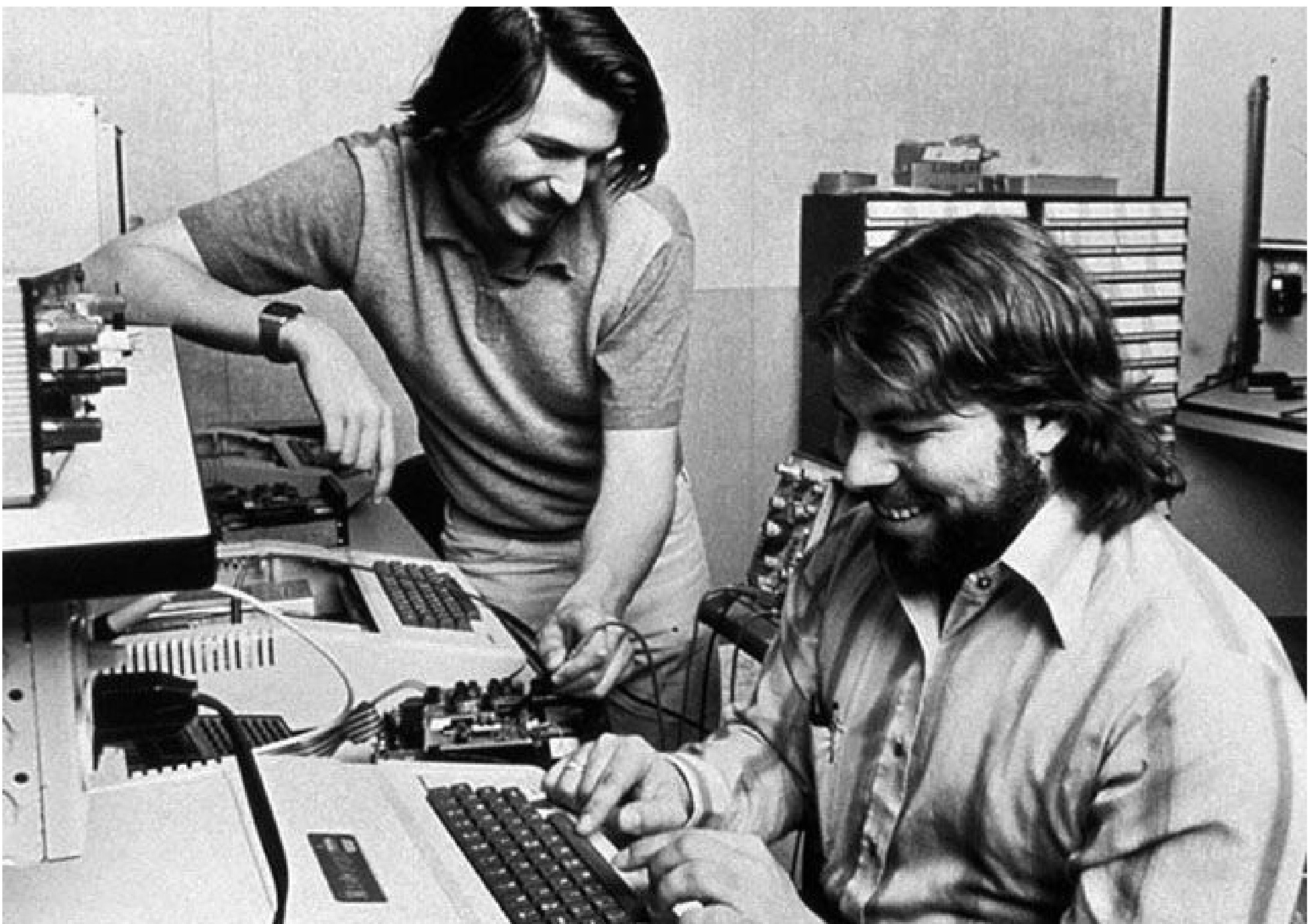
In 1976 Steve Wozniak created the first Apple computer, just as a hobby, nothing else. But then Steve Jobs comes along, sees the genius work that Wozniak had created, and knew exactly how to market it. So the two started a business together, and Apple was officially launched from Steve Jobs’s parents’ garage. Now they just had to sell their computers.
Jobs went to work, landing their first-order from a retailer in town who ordered 50 Apple computers at $500 a piece. Considering that the duo started with a great idea and $1,350 in funds when Jobs sold his Volkswagen and Wozniak sold his Hewlett-Packard calculator, that’s one heck of a profit. The two went on to use the cash they got from their computers to improve their design and later released, the Apple II in 1977. And today? Apple is one of the largest tech giants around, raking in more than $200 billion in revenue on a yearly basis. And just like Nest and Oculus, Apple had made it big.
So, what’s your great idea? Maybe you want to be the next Apple, the next Oculus, or the next Nest. If you’re already tinkering away in your electronics workshop or garage day and night on an idea that you believe in, then you’re already well on your way.
But then there’s the ugly truth that you might run up against, the truth that getting your idea out there costs money, and you probably don’t have much to spend. Well, it’s a good thing that we live in an age of affordable software, 3D printing, community-based manufacturing, and crowd funding. Because now you have the tools to turn that idea of yours into reality! What if you only needed $500 to get started?
We already hear it now, “You’re joking, right?” You probably have a line of objections lined up to fire our way, like:
Now hold on, you’ve got to remember that your goal at this stage in the journey of your idea isn’t to design a beautiful, production-ready masterpiece. You just need to get your idea out there in the form of a prototype, get it into the hands of the right people. Once you get to this stage, you can start assembling your team of experts, whether that’s a marketing wizard or potential investors, to see you through the rest of the way.
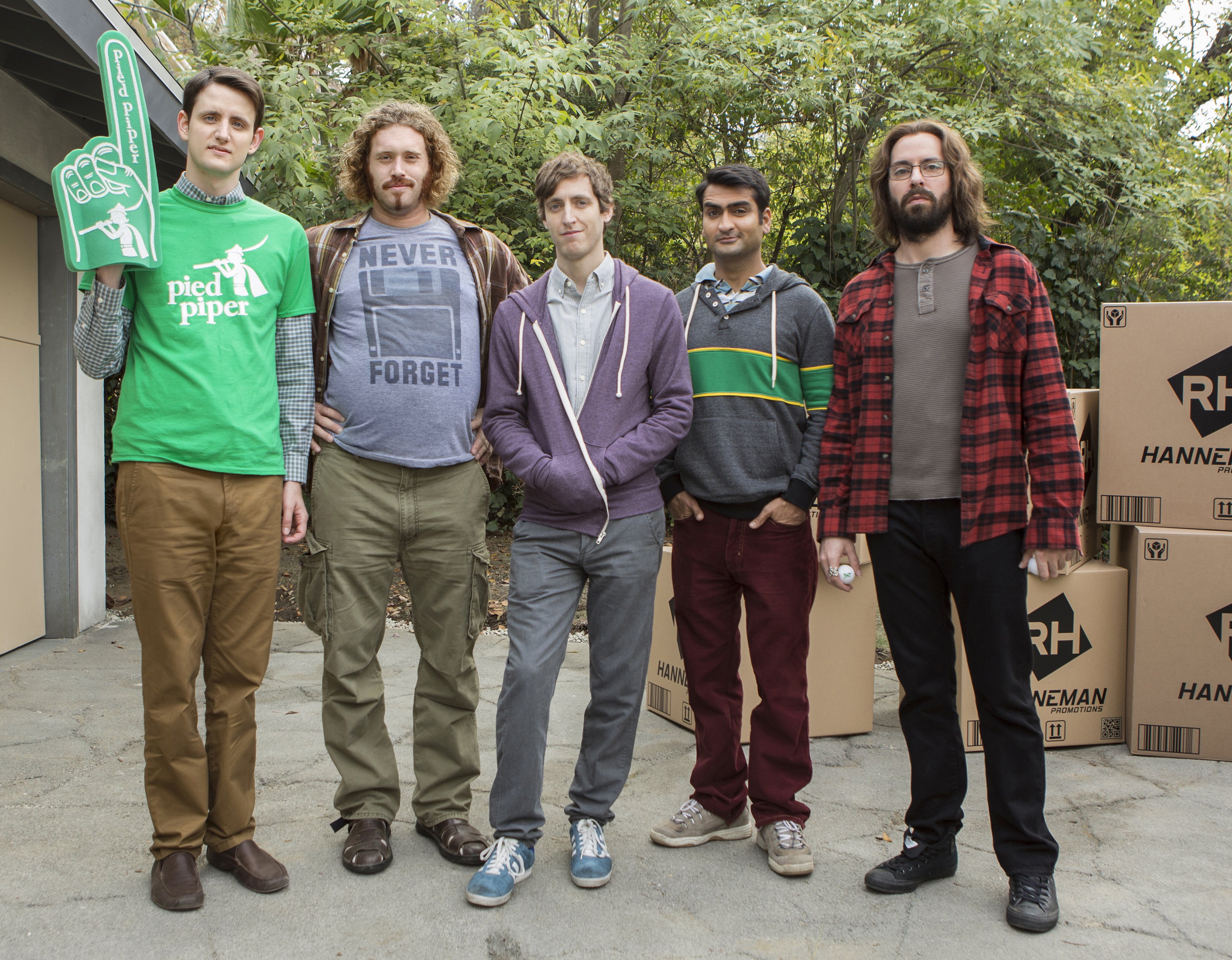
But right now, things don’t need to be perfect. Your prototype doesn’t need to look beautiful, it just needs to work, and it needs to win the hearts and minds of the people that would be interested in it. So what do you say, got $500 to spare?
We’re super excited to announce that we are teaming up with OSH Park, one of the best, community-focused PCB fab houses around. And for a limited time, when you purchase an Autodesk EAGLE Subscription, you’ll get free prototype boards from OSH, on us! Of course, an EAGLE Subscription isn’t just all about the free boards, you also get:
Think about it; this is an opportunity to become the next huge startup. You already have an idea that you believe in, and now you’ve got the design and manufacturing resources to make it happen. The next step? Just do it.
Ready to become the next $500 startup? Buy an Autodesk EAGLE Subscription today and get your prototypes on us from OSH Park!
Simply use Promo code: EAGLEOFFER at check out!
Promotion details:
This promotion offers a $100 credit for board space at OSH Park for the manufacturing of a PCB on a purchase of a new 1-year premium subscription to Autodesk® EAGLE™ and a $20 credit for board space at OSH Park for the manufacturing of a PCB on a purchase of a new 1-year standard subscription to EAGLE. Purchases must be made between 08/01/2017 and 10/31/2017, inclusive, from the Autodesk online store.
By clicking subscribe, I agree to receive the Fusion newsletter and acknowledge the Autodesk Privacy Statement.
Success!
May we collect and use your data?
Learn more about the Third Party Services we use and our Privacy Statement.May we collect and use your data to tailor your experience?
Explore the benefits of a customized experience by managing your privacy settings for this site or visit our Privacy Statement to learn more about your options.